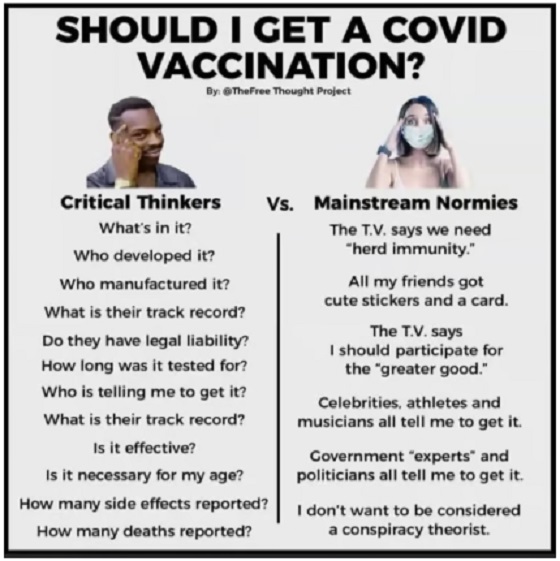DEI
TMU Medical School Sacrifices Academic Merit to Pursue Intolerance

From the Frontier Centre for Public Policy
Race- (and other-) based admissions will inevitably pave the way to race- (and other-) based medical practices, which will only further the divisions that exist in society. You can’t fight discrimination with more discrimination.
Perhaps it should be expected that a so-obviously ‘woke’ institution as the Toronto Metropolitan University (TMU) would toss aside such antiquated concepts as academic merit as it prepares to open its new medical school in the fall of 2025.
After all, until recently, TMU was more widely known as Ryerson University. But it underwent a rapid period of self-flagellation, statue-tipping and, ultimately, a name change when its namesake, Edgerton Ryerson, was linked (however indirectly) to Canada’s residential school system.
Now that it has sufficiently cleansed itself of any association with past intolerance, it is going forward with a more modern form of intolerance and institutional bias by mandating a huge 80% diversity quota for its inaugural cohort of medical students.
TMU plans to fill 75 of its 94 available seats via three pathways for “equity-deserving groups” in an effort to counter systemic bias and eliminate barriers to success for certain groups. Consequently, there are distinct admission pathways for “Indigenous, Black and Equity-Deserving” groups.
What exactly is an equity-deserving group? It’s almost any identity group you can imagine – that is, except those who identify as white, straight, cisgender, straight-A, middle- and/or upper-class males.
To further facilitate this grand plan, TMU has eliminated the need to write the traditional MCAT exam (often used to assess aptitude, but apparently TMU views it as a barrier to accessing medical education). Further, it has set the minimum grade point average at a rather average 3.3 and, “in order to attract a diverse range of applicants,” it is accepting students with a four-year undergrad degree from any field.
It’s difficult to imagine how such a heterogenous group can begin learning medicine at the same level. Someone with an advanced degree in physiology or anatomy will be light years ahead of a classmate who gained a degree by dissecting Dostoyevsky.
Finally, it should be noted that in “exceptional circumstances” any of these requirements can be reconsidered for, you guessed it, black, indigenous or other equity-deserving groups.
As for the curriculum itself, it promises to be “rooted in community-driven care and cultural respect and safety, with ECA, decolonization and reconciliation woven throughout” which will “help students become a new kind of physician.”
Whether or not this “new kind of physician” will be perceived as fully credible, however, is yet to be seen. Because of its ‘woke’ application process, all TMU medical graduates will be judged differently no matter how skilled they may be and even when physicians are in short supply. Life and death decisions are literally in their hands, and in such cases, one would think that medical expertise is far more important than sharing the same pronouns.
Frankly, if students need a falsely inclusive environment where all minds think alike to feel safe and a part of society, then maybe they aren’t cut out to become doctors who will treat all people equally. After all, race- (and other-) based admissions will inevitably pave the way to race- (and other-) based medical practices, which will only further the divisions that exist in society. You can’t fight discrimination with more discrimination.
It’s ridiculous to use medical school enrollments as a means of resolving issues of social injustice. However, from a broader perspective, this social experiment echoes what is already happening in universities across Canada. The academic merit of individuals is increasingly being pushed aside to fulfill quotas based on gender or even race.
One year ago, the University of Victoria made headlines when it posted a position for an assistant professor in the music department. The catch is that the selection process was limited to black people. Education professor Dr. Patrick Keeney points out that diversity, equity and inclusion policies are reshaping core operations at universities. Grants and prestigious research chair positions are increasingly available only to visible minorities or other identity groups.
Non-academic considerations are given priority, and funding is contingent on meeting minority quotas.
Consequently, Keeney states that the quality of education is falling and universities that were once committed to academic excellence are now perceived as institutions to pursue social justice.
Diversity is a legitimate goal, but it cannot – and should not — be achieved by subjugating academic merit to social experimentation.
Susan Martinuk is a Senior Fellow with the Frontier Centre for Public Policy and author of Patients at Risk: Exposing Canada’s Health-care Crisis.
Business
Why Government Can’t Build Broadband or Charging Stations… Or Anything!
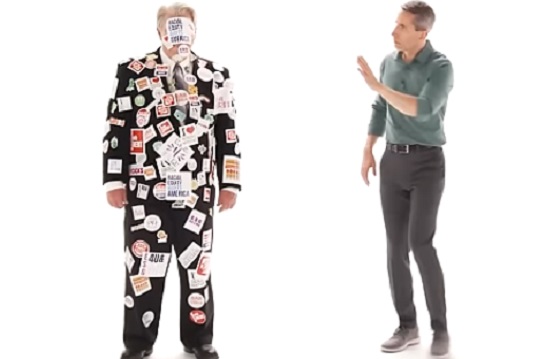
From StosselTV
The government promised to expand broadband, build hundreds of thousands of EV chargers, and to bring back semiconductor jobs. They delivered delays, waste, and failure. Why? Because they spend your money, not their own.
After three years and $65 billion spent to expand broadband, not a single person has yet been connected.
Also, two years into Biden’s $7.5 billion EV charging stations initiative, which was supposed to build 500,000 stations, only seven have been built.
The CHIPS Act promised to bring semiconductor jobs back to America. But the money got tied up in DEI quotas, climate pledges, and union mandates.
When bureaucrats spend other people’s money, they have little incentive to spend it carefully. Our new video explains why government should leave building things to the private sector.
After 40+ years of reporting, I now understand the importance of limited government and personal freedom.
——————————————
Libertarian journalist John Stossel created Stossel TV to explain liberty and free markets to young people.
Prior to Stossel TV he hosted a show on Fox Business and co-anchored ABC’s primetime newsmagazine show, 20/20.
Stossel’s economic programs have been adapted into teaching kits by a non-profit organization, “Stossel in the Classroom.” High school teachers in American public schools now use the videos to help educate their students on economics and economic freedom. They are seen by more than 12 million students every year.
Stossel has received 19 Emmy Awards and has been honored five times for excellence in consumer reporting by the National Press Club. Other honors include the George Polk Award for Outstanding Local Reporting and the George Foster Peabody Award.
————
To get our new weekly video from Stossel TV, sign up here: https://www.johnstossel.com/#subscribe ————
Censorship Industrial Complex
Biden admin used banks to spy on Americans’ financial data, targeted Trump supporters: House report

From LifeSiteNews
‘The scale of this surveillance is staggering,’ warns a startling new US House Judiciary Select Subcommittee on the Weaponization of the Federal Government. ‘Without safeguards, this could lead to widespread abuse of power and debanking.’
A startling report from the U.S. House Judiciary Select Subcommittee on the Weaponization of the Federal Government reveals how, under the Biden-Harris administration, the FBI and the Treasury Department have manipulated federal laws such as the Bank Secrecy Act (BSA) to access Americans’ private financial data – without a warrant.
The committee has published a succinct video summary of its 47-page report on X, beginning with a question: “Think your finances are private? Think again.”
The video explains:
“The federal government has conditioned financial institutions to work for them, inducing them to hand over your sensitive financial data without a warrant
When a bank submits an inquiry with your financial details, the federal government compiles it into a searchable database. In 2023, this database was accessed by over 14,000 government employees to conduct more than 3 million warrantless searches.
The federal government’s financial surveillance program is vast and can lead to something called ‘debanking.’ If you’re flagged, you could lose access to your own money. If you buy a Bible, shop at Cabela’s, Bass Pro Shops, or an ammo store, your financial data could be shared.
The system is broken and your privacy is under attack. Federal law enforcement is seeking unfettered access to your finances, all while ignoring your 4th Amendment rights.
The next time you swipe your card, know that someone may be watching. And it’s not just the banks. It’s the federal government.”
Purchase of Bibles or firearms deemed by the government as signs of ‘extremism’
“It all started after a whistleblower told the Committee that following January 6, Bank of America (BoA) voluntarily provided the FBI with a list of individuals who used BoA cards in the DC area during that time—without legal process,” noted the committee in a thread on X. “The federal government used sweeping terms like ‘MAGA’ and ‘TRUMP’ to flag Americans, even treating the purchase of Bibles or firearms as signs of ‘extremism.’”
“The scale of this surveillance is staggering,” they declared on X.
“This ongoing investigation reveals a disturbing trend: The government is using financial institutions as de facto arms of law enforcement, profiling Americans and flagging them as ‘suspicious’ based on vague criteria,” continues the thread. “Without safeguards, this could lead to widespread abuse of power and debanking. This investigation is not over. The federal government’s ability to spy on Americans’ financial data cannot go unchecked.”
The committee report warns:
All Americans should be disturbed by how their financial data is collected, made accessible to, and searched by federal and state officials, including law enforcement and regulatory agencies. With the rise in e-commerce and the widespread adoption of cash alternatives like credit cards or peer-to-peer payment services, the future leaves very little financial activity beyond the purview of modern financial institutions or the government’s prying eyes. This is because, as a condition of participating in the modern economy, Americans are forced to disclose details of their private lives to a financial industry that has been too eager to pass this information along to federal law enforcement.
‘Your beliefs or your bank account: You can’t have both’
“No American should have to worry that a financial institution will deny them service based on their religious beliefs,” said Alliance Defending Freedom Senior Counsel and Jeremy Tedesco concerning a case involving the debanking by Bank of America of a conservative Christian charity that partners with Ugandan ministries to provide basic necessities for orphaned and vulnerable children. “Canceling their account hurts those in need. It also sends a disturbing message to everyone—you can have your beliefs or your bank account, but you can’t have both.”
Bank of America is not the only major financial institution engaging in this type of behavior. ADF cited examples of JPMorgan Chase denying payments or cancelling accounts associated with people and organizations who hold mainstream American values, including:
- Former Ambassador Sam Brownback
-
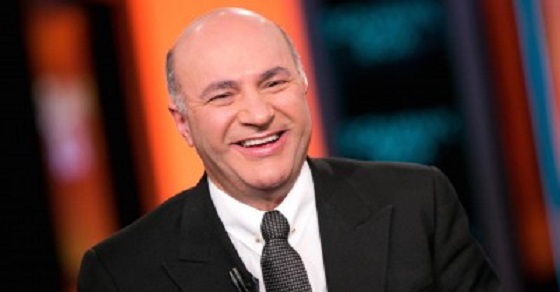
 Alberta1 day ago
Alberta1 day agoProposed $70 billion AI data centre in MD of Greenview could launch an incredible new chapter for western Canadian energy
-
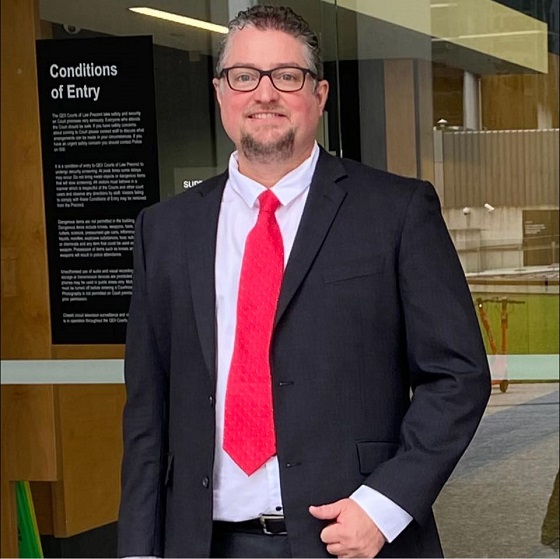
 COVID-192 days ago
COVID-192 days agoAustralian doctor who criticized COVID jabs has his suspension reversed
-

 Business2 days ago
Business2 days agoMassive growth in federal workforce contributes to Ottawa’s red ink
-

 Alberta21 hours ago
Alberta21 hours agoYour towing rights! AMA unveils measures to help fight predatory towing
-
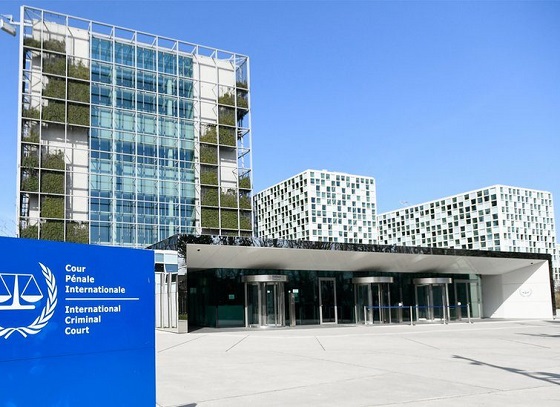
 Frontier Centre for Public Policy2 days ago
Frontier Centre for Public Policy2 days agoFalse Claims, Real Consequences: The ICC Referrals That Damaged Canada’s Reputation
-
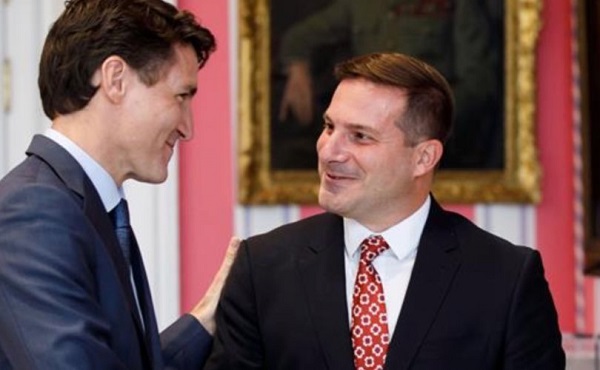
 COVID-192 days ago
COVID-192 days agoFormer Trudeau minister faces censure for ‘deliberately lying’ about Emergencies Act invocation
-
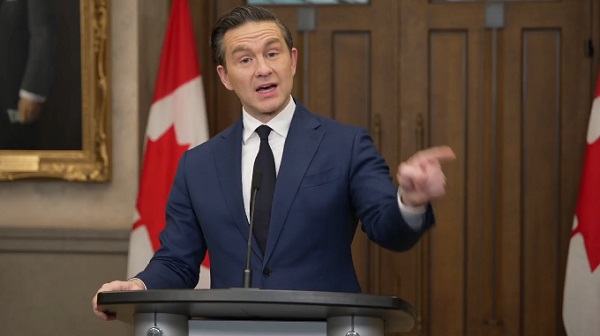
 National2 days ago
National2 days agoWhen’s the election? Singh finally commits. Poilievre asks Governor General to step in
-
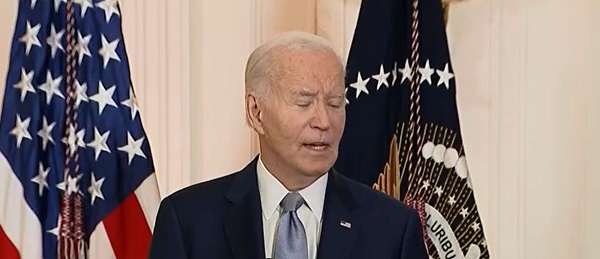
 Daily Caller2 days ago
Daily Caller2 days agoParty Leaders Exposed For ‘Lying’ About Biden Health



